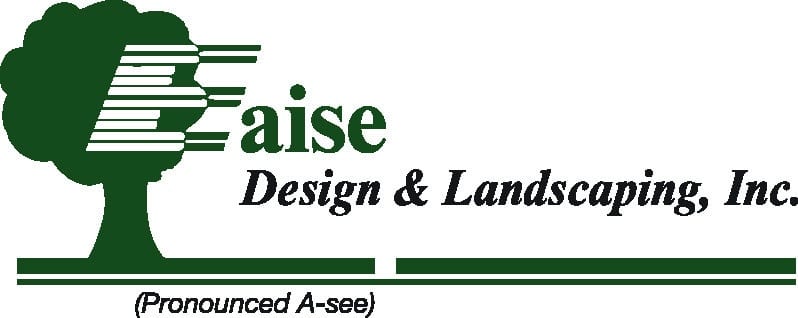When it comes to New Jersey winters there is one thing you can count on: snow. And while much of the state turns into a picture-perfect landscape, there are some places that snow just doesn’t belong: driveways, patios, and walkways! For NJ homeowners with hardscaped surfaces, effectively managing snow and ice is crucial to maintaining their beauty and integrity. Not all snow removal methods are equally effective or safe, however, so this guide is here to help plow the way to some clarity.
What to Avoid When removing Snow On Hardscapes
First of all, we need to discuss what NOT to do.
DON’T Wait to Remove Snow: Allowing snow to sit on hardscaped surfaces can lead to compacted snow and ice, which are more difficult and hazardous to remove. Timely snow removal is essential for safety and ease of maintenance.
DON’T Use Salt or Chemical De-icers: Salt products (sodium chloride) can be safely used on asphalt to melt ice without damage, but they should not be used on your hardscape surfaces. Salt that is left on pavers or concrete can become corrosive to the joints and the surface, leading to loose stones, pock marks, discoloration, and flaking.
DON’T Forget About Drainage: Ensure snow is shoveled in a way that allows melted water to drain off your hardscaped surfaces. Poor drainage can lead to water pooling and freezing, increasing the risk of cracks and surface damage (not to mention slip hazards).
DON’T Forget Regular Inspection: Regularly inspect your hardscaped surfaces for signs of wear and tear. Cracks or damages can worsen with the freeze-thaw cycle, so it’s crucial to repair any issues before winter sets in fully.
Hardscape Snow Removal: The Right Way
You’re probably wondering: “How do I remove snow from my hardscaping then?” Here are some helpful tips to get you started.
Do Use the Right Tools: Opt for plastic or rubber-edged shovels when removing snow from hardscaped surfaces. Metal shovels can scratch or chip concrete, stone, and pavers, causing long-term damage. A snowblower with rubber blades is also a good investment for larger areas.
Do Pre-Treat Surfaces: Before the snow begins to fall, consider applying a pre-treatment solution designed for hardscapes. This can prevent ice from bonding to the surface, making it easier to remove snow and reduce the need for de-icing chemicals.
Do Apply Hardscape-Friendly De-icers: Choose products specifically designed for use on concrete or pavers, and follow the application instructions carefully to avoid unnecessary damage to your bricks or concrete.
Do Clear Snow Promptly: Removing snow before it’s walked on or driven over is key to preventing ice formation. Fresh snow is easier to remove and less likely to compact into ice, making your job easier and reducing the need for chemicals.
What’s Your Takeaway?
By following these do’s and don’ts, you can ensure your hardscaped surfaces remain safe and well-maintained throughout the winter months. Proper snow and ice management not only protects your property but also ensures the safety of those who navigate these outdoor spaces. Stay warm, and stay safe!
Frequently Asked Questions
Q: What is the safest de-icer to use on concrete surfaces?
A: Calcium chloride is generally considered safe for concrete surfaces, as it is less likely to damage concrete than rock salt (sodium chloride). However, it’s important to use any de-icer as directed and in moderation to minimize potential harm.
Q: How can I prevent damage to my landscaping from salt and chemicals?
A: To protect your landscaping, try to apply de-icers sparingly and only on hardscaped areas. Using barriers or burlap sacks can help shield plants from salt spray. After the snow melts, flushing the area with water can help dilute and wash away any residual chemicals.
Q: Can I use sand instead of salt on icy surfaces?
A: Yes, sand is a good alternative to salt on icy surfaces. It does not melt ice but provides traction on slippery surfaces. Sand is environmentally friendly and won’t harm your hardscaped surfaces or nearby vegetation.
Q: How often should I shovel snow to prevent ice buildup?
A: Ideally, you should shovel snow as soon as possible after it falls, before it gets compacted by foot traffic or vehicles. Regular removal can prevent ice buildup and make each shoveling session easier.
Q: Are heated driveway systems effective for snow and ice removal?
A: Heated driveway systems can be highly effective for snow and ice removal, providing a low-maintenance solution for keeping surfaces clear. However, they can be expensive to install and operate, so weigh the initial investment against the long-term benefits and convenience.
